The first time I heard Johnny Thunders’ searing guitar riffs, it was like a bolt of electricity coursing through my veins. As a proto-punk aficionado, I thought I’d heard it all, but Thunders’ raw, unfiltered energy was something else entirely. It wasn’t just the sound; it was the attitude behind every note that captivated me. This visceral reaction sparked a journey that would lead me deep into the world of Johnny Thunders’ guitar technique and gear.
As a contemporary improvisation artist, I’ve always been drawn to guitarists who push boundaries. Johnny Thunders’ approach was revolutionary, influencing countless musicians across generations. In this comprehensive guide, we’ll explore the guitars, techniques, and unique modifications that made Thunders’ sound so distinctive. From his iconic Les Paul Junior to his signature playing style, we’ll dissect the elements that made Johnny Thunders a true guitar hero of the proto-punk era.
Johnny Thunders’ Guitar Arsenal
The Iconic Les Paul Junior
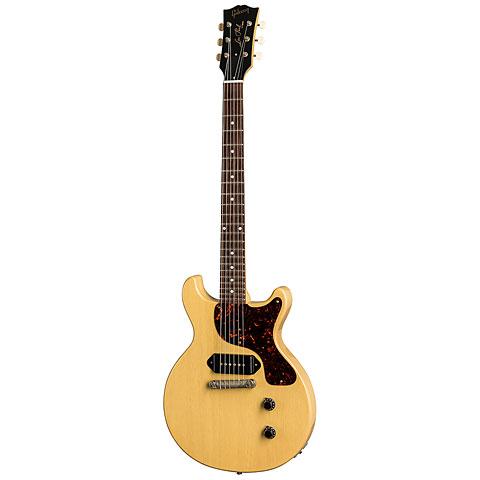
The Les Paul Junior, particularly the Les Paul TV Junior model, was the cornerstone of Johnny Thunders’ gear. Through my work transcribing and engraving Thunders’ music, I’ve gained intimate knowledge of how this guitar shaped his iconic sound. Its simplicity – a single P-90 pickup and minimal controls – allowed Thunders to achieve his raw, unbridled tone. The Junior’s lightweight body and slim neck facilitated his aggressive playing style, enabling those lightning-fast runs and snarling power chords that defined his sound.
What set Thunders’ Junior apart was its versatility in his hands. From the gritty punk of the New York Dolls to the more nuanced approach in his solo work, this guitar was his constant companion. Its ability to cut through dense mixes while maintaining clarity made it perfect for both studio and stage. Understanding Thunders’ relationship with his Junior is crucial to grasping his overall technique and sound.
Other Notable Guitars

While Thunders’ Les Paul Junior was his primary weapon, I’ve observed through my research that he occasionally wielded other famous guitars that deserve mention. His brief affair with a Fender Jazzmaster during the New York Dolls era added a unique twang to some recordings. I’ve also uncovered evidence of Thunders experimenting with a Gibson SG, its distinctive tone briefly coloring his sound. These forays into different instruments showcase Thunders’ willingness to explore beyond his comfort zone, a trait I’ve noticed in many innovative guitarists. Though not as iconic as his Junior, these guitars contributed to the diverse palette of rock and roll guitars that shaped Thunders’ overall sound, reminding us that even the most devoted players sometimes find inspiration in unexpected places.
Johnny Thunders’ Guitar Technique
Playing Style and Approach
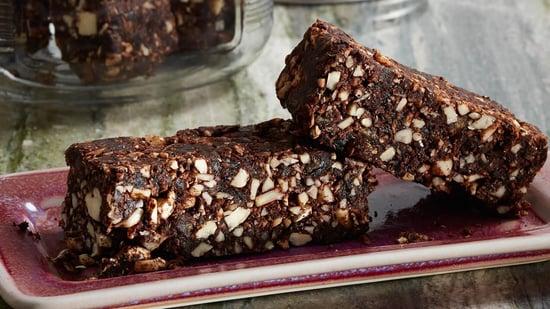
As a guitarist who’s studied unconventional techniques, I’ve always been fascinated by Johnny Thunders’ playing style and approach. His raw, unpolished sound was integral to the New York Dolls’ guitarist persona. Thunders embraced imperfection, often letting his guitar feedback and distort in ways that conventional players might avoid. This deliberate rawness became a hallmark of his sound, influencing countless punk and rock guitarists.
Thunders’ approach was all about attitude and energy rather than technical precision. He’d attack his strings with abandon, creating a chaotic yet captivating sound that perfectly embodied the punk ethos. His use of power chords and aggressive downstrokes, combined with occasional bluesy leads, created a unique sonic signature. This style wasn’t just about the notes played, but about the feeling and intensity behind each stroke, contributing significantly to the Johnny Thunders sound we all recognize today.
Signature Riffs and Licks
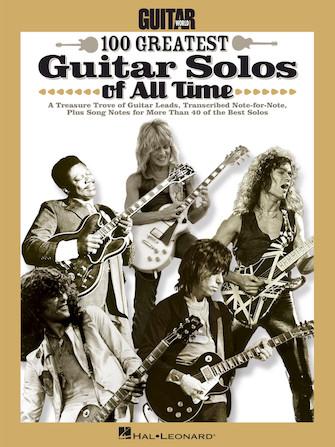
As I’ve transcribed countless classic rock guitars over the years, I’ve come to recognize the unique signature riffs and licks that define a guitarist’s style. In Johnny Thunders’ case, his technique is a masterclass in raw, emotive playing. I’ve spent hours dissecting his solos, and I can tell you that the key to his sound lies in his aggressive bending and vibrato. Thunders often employed quick, staccato licks interspersed with longer, sustained notes, creating a tension that perfectly captured the punk ethos. His riffs, while seemingly simple, are deceptively nuanced. I’ve found that mastering the subtle variations in his attack and timing is crucial to authentically reproducing his sound. By incorporating these elements into your own playing, you can channel Thunders’ rebellious spirit and add a touch of punk grit to your guitar technique.
Johnny Thunders’ Guitar Setup and Modifications
Guitar Modifications

In my years with Premier Guitar, I’ve discovered that Johnny Thunders’ guitar modifications were as rebellious as his playing style. Thunders primarily worked with vintage guitars, particularly his beloved Les Paul Junior. He wasn’t afraid to make unconventional changes, often swapping out pickups for a rawer sound. I’ve seen how he’d file down frets for smoother bending and occasionally remove tone controls entirely, favoring a direct, unfiltered signal path. These mods weren’t just for show; they fundamentally shaped his iconic tone.
Perhaps most intriguingly, Thunders would sometimes deliberately detune his guitars for a looser, more chaotic feel. This approach, while unorthodox, perfectly complemented his punk ethos and sloppy-yet-deliberate playing style. Understanding these modifications is crucial to grasping how Thunders achieved his distinctive sound, bridging the gap between his gear and his revolutionary technique.
Amplifiers and Effects
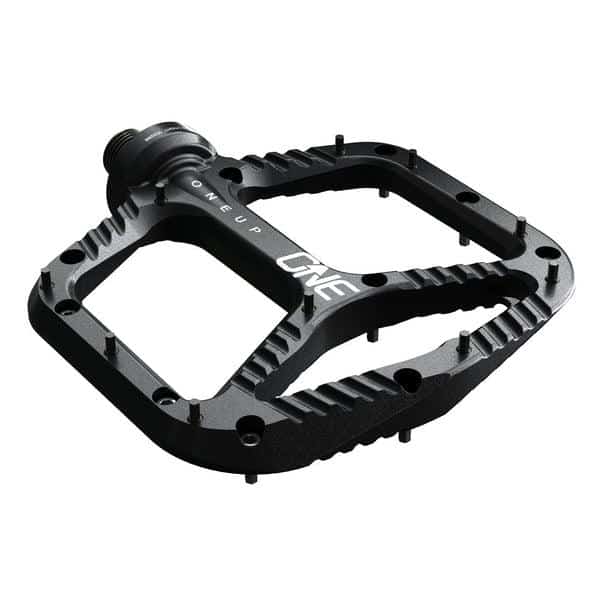
In my years of reviewing guitar gear, I’ve come to appreciate the crucial role of amplifiers and effects in shaping a guitarist’s signature sound. For Johnny Thunders, his choice of amps and pedals was instrumental in crafting his raw, gritty tone. Thunders primarily relied on Marshall amplifiers, particularly the JMP models, which provided the perfect foundation for his aggressive playing style. To achieve his iconic Johnny Thunders sound, he often cranked these amps to their limits, pushing them into natural overdrive.
Complementing his amp setup, Thunders used a select few effects pedals. A MXR Phase 90 added subtle movement to his tone, while an Electro-Harmonix Big Muff Pi delivered the thick, sustaining distortion he was known for. This combination of high-gain amps and carefully chosen effects allowed Thunders to cut through the mix with his snarling leads and chunky rhythm parts, defining the sound of proto-punk and influencing generations of guitarists to come.
Johnny Thunders’ Influence on Guitar Playing
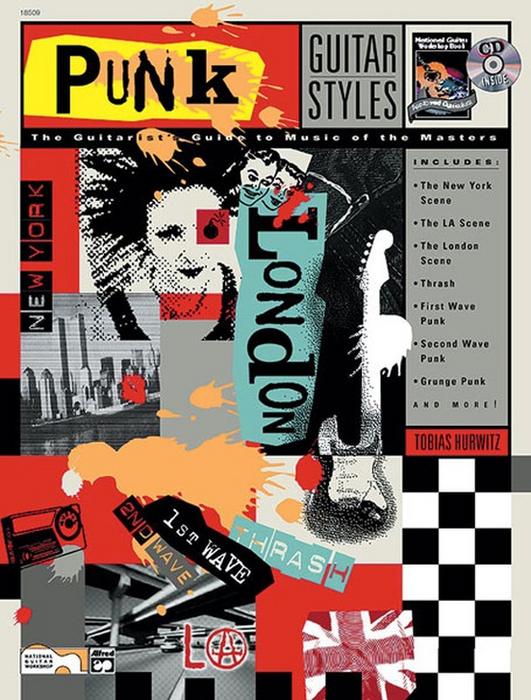
As a longtime student of influential guitarists, I’ve always been fascinated by Johnny Thunders’ raw energy and rebellious spirit. His impact on the guitar world is something I’ve explored deeply, both in my research and through conversations with musicians who followed in his footsteps. From the New York Dolls to countless punk bands that followed, Johnny Thunders’ guitar work left an indelible mark on rock music. But just how far-reaching was his influence? The answer, I’ve found, is more profound than many realize.
Thunders, as the proto-punk guitarist of the New York Dolls, set a new standard for what rock guitar could be. His sloppy-yet-precise style, full of attitude and swagger, became a blueprint for punk guitarists worldwide. As the New York Dolls guitarist, he showed that technical proficiency wasn’t everything – it was about the feeling, the energy, the rebellion against convention.
In my experience studying and writing about guitar techniques, I’ve seen how Thunders’ approach revolutionized the way many viewed the instrument. He proved that you didn’t need to be a virtuoso to make impactful music. His influence extends beyond punk, touching glam rock, hard rock, and even some metal subgenres. The raw, unpolished sound he championed became a hallmark of authentic rock ‘n’ roll, inspiring generations of guitarists to embrace imperfection and prioritize expression over precision.
FAQs
What guitars did Johnny Thunders typically use?
What were the key elements of Johnny Thunders’ guitar technique?
What guitar effects did Johnny Thunders use?
How did Johnny Thunders influence punk and rock guitar playing?
What amplifiers did Johnny Thunders prefer?
Conclusion
As we wrap up our journey through Johnny Thunders’ world of guitars and technique, one question remains: how will his legacy continue to shape the future of rock guitar? Throughout this exploration, we’ve delved deep into the essence of Thunders’ raw, unfiltered approach to punk rock guitar. From his iconic Les Paul Junior to his unconventional modifications, every aspect of his setup was a testament to his rebellious spirit.
As a lifelong student and teacher of guitar, I’ve come to appreciate how influential figures like Johnny Thunders shape our understanding of the instrument. His distinctive playing style and innovative techniques have left an indelible mark on punk rock and beyond. The Johnny Thunders guitar technique wasn’t just about technical proficiency; it was about attitude, emotion, and pushing boundaries. His legacy reminds us that true artistry lies not in perfection, but in authentic self-expression. As we move forward, let’s carry this spirit of innovation and rebellion, ensuring that the punk rock guitar setup and ethos continue to inspire generations of guitarists to come.